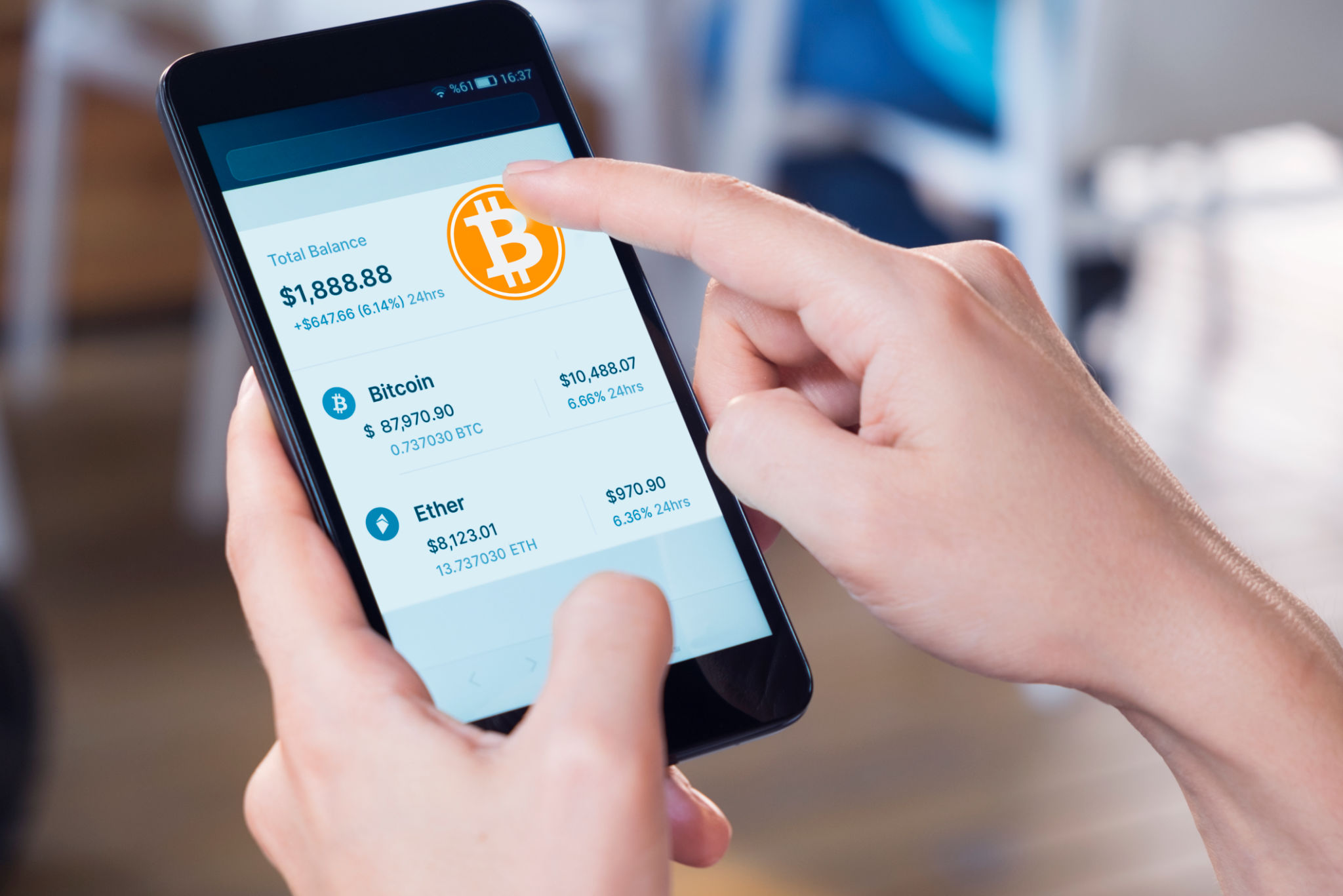- Home
- About
- Blog
- SecuX Wallets
- D'CENT-Wallet
- Ellipal Wallets
- Trezor Wallets
- Keystone Wallets
- NGrave Wallets
- Decentralized Finance (DeFi)
- Top 5 Wallets
- Top 5 Crypto IRAs of 2026
- Web 3.0
- Metaverse & Gaming
- Deeper Network VPNs
- imKey Wallets
- Crypto Tracking
- Ledger Wallets
- Buy Crypto
- Blockchain-Technical-Consulting
- CoolWallets
- Cryptosteel Capsule
- Crypto Yield-Farming
- Tangem Wallets
- Expert Cryptocurrency Security Services
- Contact Us
- Disclaimer
- Privacy Policy
How to Build a Secure Crypto Wallet: Tips from Industry Experts
Understanding the Basics of Crypto Wallets
The first step in building a secure crypto wallet is understanding what it entails. A crypto wallet is a digital tool that allows you to store and manage your cryptocurrencies. Unlike traditional wallets, they don't hold physical currency, but rather, they keep your private keys—essentially the passwords that grant you access to your cryptocurrency. It's vital to choose the right type of wallet, whether it's a hardware, software, or paper wallet, depending on your specific needs.

Types of Crypto Wallets
There are several types of crypto wallets, each with its own set of features and security measures. Hardware wallets are physical devices that store your private keys offline, making them less vulnerable to hacking. Software wallets can be further divided into desktop, mobile, and online wallets, each offering different levels of convenience and security. Lastly, paper wallets provide a physical printout of your keys, which can be stored securely offline.
Hardware Wallets
Industry experts often recommend hardware wallets for their robust security features. These devices are immune to computer viruses that can steal from software wallets. Popular brands like Ledger and Trezor have built reputations for offering top-notch security. When using a hardware wallet, ensure you keep it in a safe place to prevent loss or theft.
Software Wallets
Software wallets are more convenient for frequent transactions but require diligent security practices. Ensure your software wallet is from a reputable provider and keep it updated to protect against vulnerabilities. Use strong passwords and enable two-factor authentication (2FA) for an added layer of security.

Setting Up Your Crypto Wallet Securely
Once you've chosen the type of wallet that suits your needs, setting it up securely is crucial. Start by downloading the wallet software from an official source to avoid malicious versions. After installation, follow the setup instructions carefully and create a backup of your private keys or recovery seed phrase in a secure location.
Creating Strong Passwords
Creating strong passwords is a fundamental step in securing your crypto wallet. Use a combination of uppercase and lowercase letters, numbers, and special characters to make your password difficult to guess. Avoid using easily accessible information like birthdays or common words.
Regular Updates and Security Practices
Regular updates are essential to maintaining the security of your crypto wallet. Developers frequently release patches to address vulnerabilities and improve functionality. Set reminders to check for updates regularly and apply them promptly. Additionally, practice good cybersecurity habits by avoiding public Wi-Fi when accessing your wallet and being cautious of phishing attempts.

Backup and Recovery
Backing up your crypto wallet is crucial in case of device loss or failure. Most wallets offer a recovery seed phrase—a series of words that can restore your wallet on a new device. Store this phrase securely in multiple locations, such as a safe or encrypted digital storage.
Ensuring the security of your crypto wallet requires attention to detail and adherence to best practices. By understanding the types of wallets available and following expert advice on setup and maintenance, you can protect your digital assets effectively. Remember, in the world of cryptocurrency, security is paramount.
